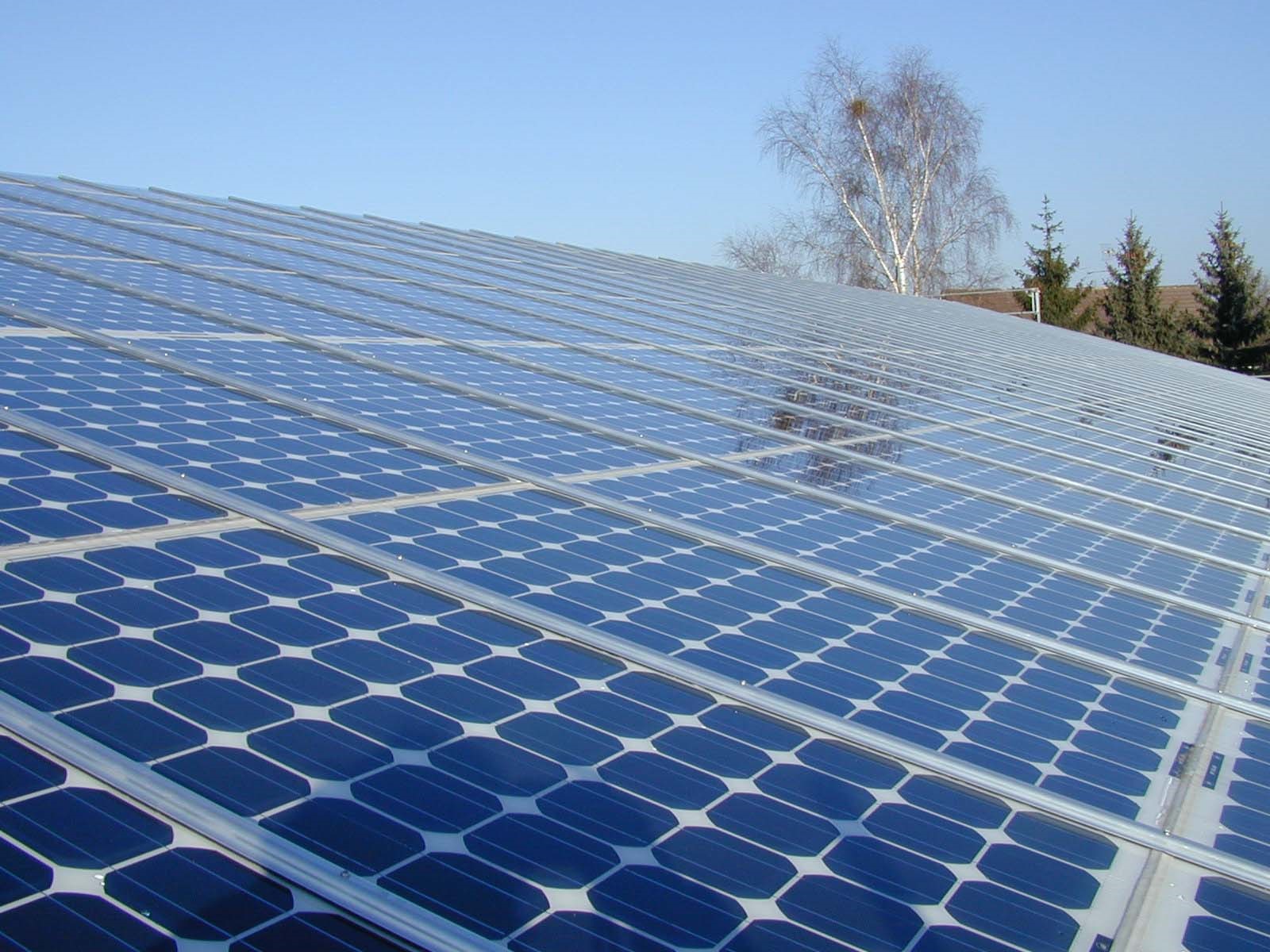- Universitat de València
- Abargues Lopez, Rafael
- PDI-Prof. Permanent Laboral Ppl
- Pablo Pérez Boix
The need to generate energy from renewable energy sources and to reduce dependence on fossil fuels in order to mitigate the serious effects of climate change is becoming more and more essential. The most promising alternative is the use of photovoltaic solar energy, due to its great potential and low cost of production.. For its widespread implementation, the development of technologies such as photovoltaic cells capable of efficiently converting energy in the form of electromagnetic radiation into electrical energy is indispensable.
The method of chemical synthesis and deposition of layers of nanocomposites (NCs) consisting of halide perovskite nanoparticles are the basis for the development of photovoltaic devices such as solar cells, as well as for their inclusion in optoelectronic emission devices due to their outstanding properties. The most conventional method for the synthesis of NCs are based on a hot injection process of the precursors. This method requires several steps, long preparation and purification times. Once synthesised, colloidal solutions are obtained which have to be deposited for layer formation, however, these solutions can aggregate and precipitate, changing their optical properties. Therefore, the development of alternative methods for the preparation of these NC layers is necessary.
Researchers at the Universitat de València have developed a method for in situ synthesis of perovskite nanocrystals inside a matrix once deposited by spincoating, as well as other standard deposition or printing methods (Slot-die coating, inkjet printing). The synthesis of these NCs occurs spontaneously at room temperature in a single step and does not require any thermal, ultraviolet or infrared curing. Once the nanocomposite is deposited, the resulting layer shows excellent light emission properties (photoluminescence) with quantum yields close to 100% and outstanding mechanical properties.
The invention would be applicable in the photoelectronic or photovoltaic field, although their property of varying emission upon exposure to different gases makes their use in the field of sensing materials also possible.
The proposed method has significant advantages over established methods:
- Uncured: Spontaneous crystallisation of perovskite nanoparticles in situ without the need for thermal, ultraviolet or infrared curing. This allows deposition on any type of substrate, rigid, semi-rigid, flexible, as well as natural plastic substrates (cellulose).
- Ease of scalability: Dissolution or wet set-up and room temperature ink with a wide range of formulation adaptability to suit different printing techniques.
- Excellent optical properties: Quantum yields of photoluminescence close to 100% with high reproducibility.
- Cost reduction: reduction of the technology cost for the generation of precursor layers in photovoltaic and optoelectronic devices with excellent optical properties.
- Patent applied
Blasco Ibáñez Campus
C/ Amadeu de Savoia, 4
46010 València (València)














